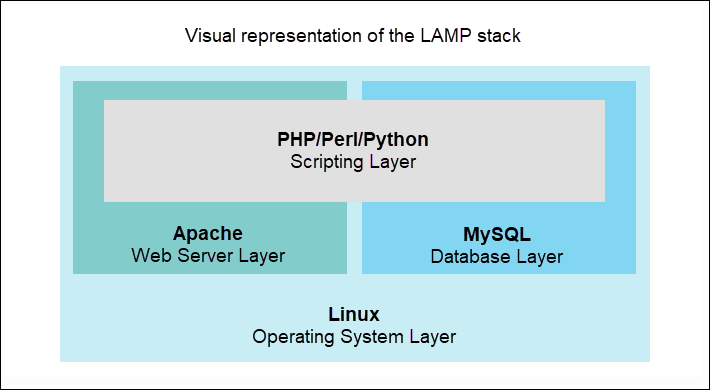Blog 18 - Lamp Stacks

What are LAMP Stacks?
LAMP stands for one of the most frequent software stacks used by many of the web's most popular apps. LAMP, on the other hand, is now a generic software stack paradigm whose components are essentially interchangeable. There are four important parts to LAMP, and they are:
- Linux is a group of open-source Unix-like operating systems based on Linus Torvalds' Linux kernel, which was initially published on September 17, 1991. A Linux distribution is a collection of Linux packages.
- Apache HTTP Server is a cross-platform web server that is free and open-source. It is licensed under the Apache License 2.0. Under the aegis of the Apache Software Foundation, Apache is created and maintained by an open community of developers.
- MySQL is a relational database management system that is free and open-source. "My" is the name of co-founder Michael Widenius's daughter, and "SQL" is the acronym for Structured Query Language.
- PHP is a web development-oriented general-purpose programming language. Rasmus Lerdorf, a Danish-Canadian programmer, first built it in 1994. The PHP Group currently produces the PHP reference implementation.

LAMP features a conventional tiered architecture, with Linux as the base. The next level is Apache and MySQL, followed by PHP. The compatibility of the components is demonstrated by the LAMP stack arrangement. The process starts when a user's browser sends a request for a webpage to the Apache webserver. If the request is for a PHP file, Apache transfers the request to PHP to load the file and run the code stored in it. PHP also makes use of MySQL to store data in the code. PHP employs code in a file and database information to create the HTML that browsers use to see web pages.
What are the benefits to using LAMP Stacks?
There are a couple good reasons on why you would want to consider using LAMP Stacks. One of this reasons would be its efficiency. Because LAMP is an open-source stack that may be used for a decade, it will reduce production time. We are willing to learn from the past and make things simpler for those who came before us. Function in an Apache module that can configure the final 20% to 80% of the configuration and save a lot of time.
Another reason you may want to consider using a LAMP Stack is because it is flexible. The LAMP stack, unlike other technology providers, does not limit your development possibilities. It allows you to build and deploy applications that are tailored to your specific business requirements.